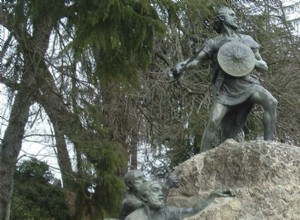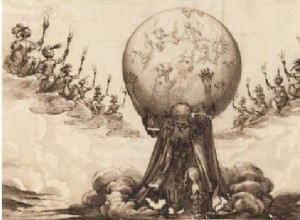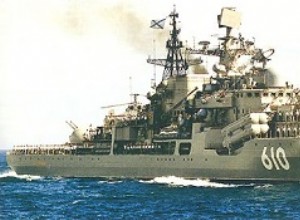The story of Viriatus is the story of the hero that each town needs to maintain the memory of its origins. Although sometimes it is easy to think that it is also the history that Rome needed, to magnify the conquest of the most valuable territory that it achieved in its thousand years of history. Pe




